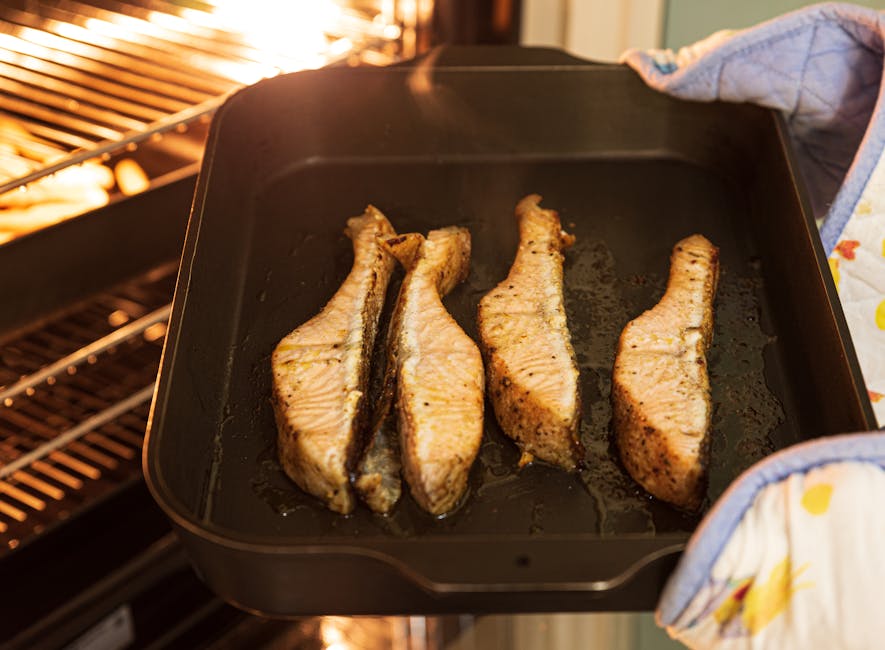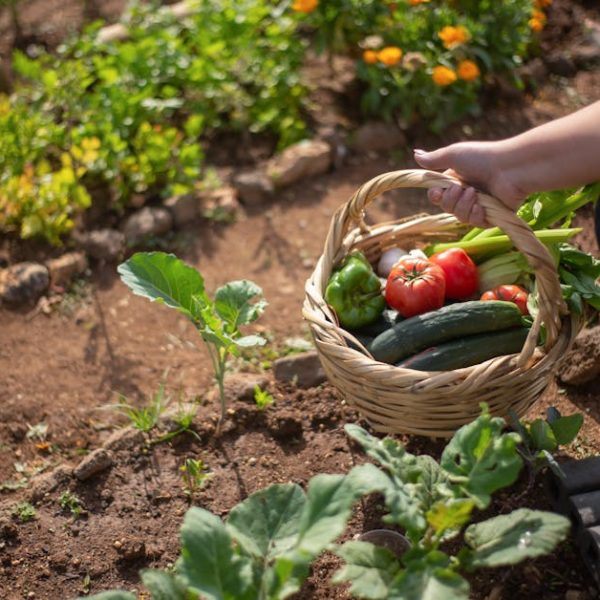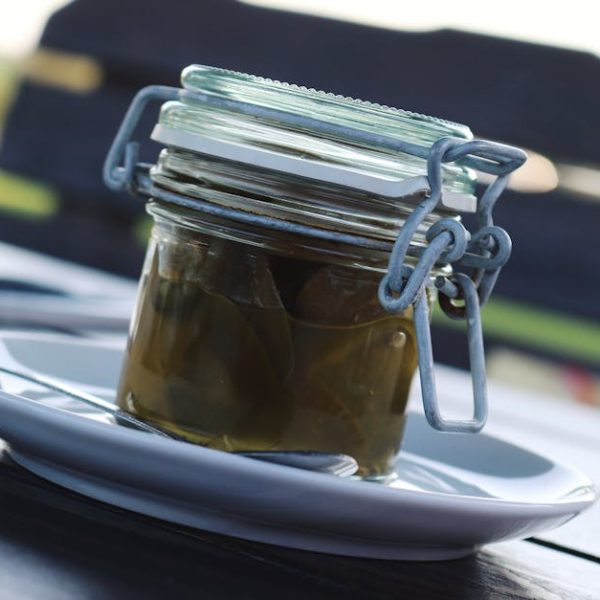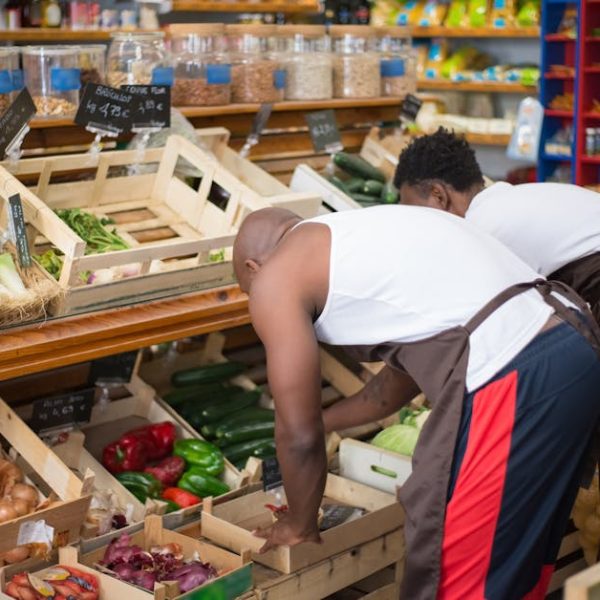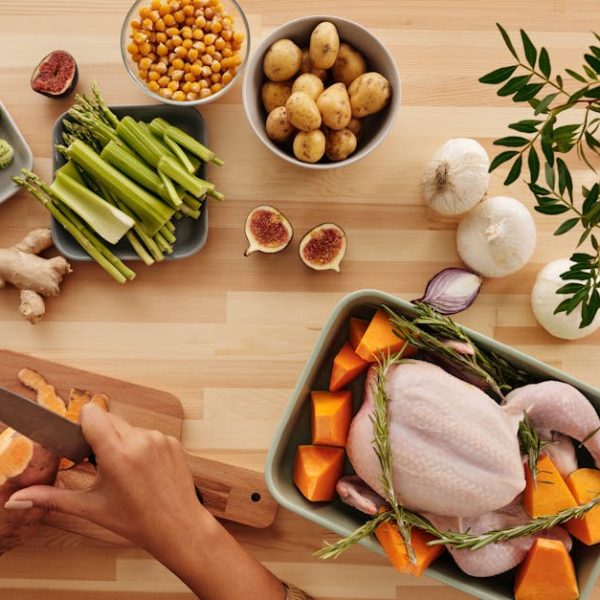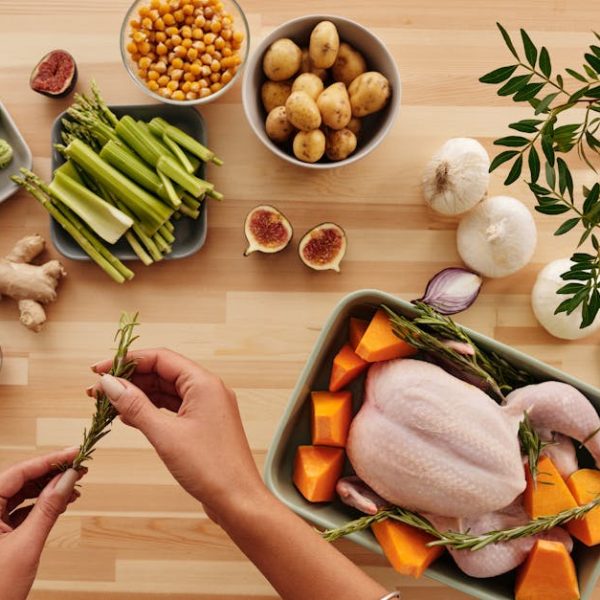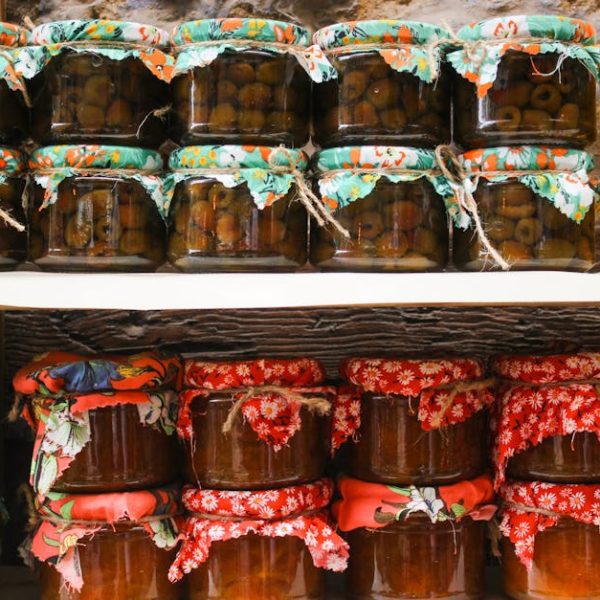Breaking free from routine grilling methods can do wonders in uncovering a whole range of enticing flavors and textures when you cook. This approach brings a new lease of cooking life and encourages exploration. We’re diving into five inventive techniques for oven grilling to add a refreshing twist to your culinary repertoire.
The Thick-Dough Method
The thick-dough method, the pièce de résistance of oven grilling techniques, works like a charm for a variety of meats and dough-based dishes. The technique leverages a thick layer of dough as a protective blanket for food, locking in juices, preserving tenderness, and absorbing excess grease for an enhanced crust.
Pro Tip: ⭐ For best results, let the dough rise significantly prior to placing it around your food.
When employing this method, aim for dough that is approximately 1 to 2 inches thick. This thickness provides the necessary insulation to protect the food from extreme heat while also enhancing its flavor. Trust us, once you taste the delectable goodness hiding underneath the crusty layer, the result will be worth every calorie.
Utilizing Cast Iron Skillets
A favorite among home cooks and professional chefs alike, cast iron skillets are an excellent companion in your oven grilling endeavors. The combination of heat retention and skewed surface make a cast iron skillet perfect for searing and quick-cooking recipes. When grilled in a cast-iron skillet, refried beans or fajitas can acquire a smoky, hearty flavor that’s hard to replicate.
Here are some care tips for maintaining your cast-iron cookware:
- Avoid using soap; instead, use warm, gentle water for cleaning.
- Dry immediately and thoroughly after cleaning to prevent rust.
- Regularly season your skillet with vegetable oil to maintain a non-stick surface.
- Avoid acidic foods as they strip off the patina.
And now for a quick ‘Pros and Cons’ comparison:
| Cast Iron | Other Cookware |
|---|---|
| Superb heat retention | Lesser heat retention |
| Enhances flavor | Flavor could be less pronounced |
| May require more care, but lasts a lifetime | May not last as long but could require less care |
Three-Stage Cooking Technique
Brace yourself for a revolutionary approach to cooking (drumroll, please); the three-stage cooking technique which involves searing, oven grilling, and resting. In simpler terms, it’s a high-heat, quick sear, followed by a slow, oven grill, capped off by a well-earned resting time. This method is particularly suitable for meats that can be tricky to cook like steak or thick fish fillets.
For best practice, follow this guidance:
- Searing: 2-3 minutes/side at high heat for creating a crust.
- Oven grilling: Approx. 14-16 minutes at 350°F for medium-rare doneness. Duration may increase based on meat thickness.
- Resting: Allow at least 5-10 minutes before cutting into the meat. This allows the juices to redistribute evenly.
Here’s a handy checklist for executing this technique:
- Preheat oven and skillet for searing.
- Season meat.
- Sear meat.
- Transfer to oven for grilling.
- Give your cooked meat some rest.
- Slice and serve!
In the spirit of keeping you curious, that’s where we will end this part. Stay tuned for the exploration of the broiling method and the intriguing water-bath technique. You’re bound to discover more grill-tastic ideas to spice up your meals!
The Broiling Method
Broiling, a fantastic oven-grilling method, uses a high amount of heat applied quickly to lock in maximum flavor. Its impressive speed makes it a great option for cooking juicy steaks, fish, or vegetables, imparting them with a beautifully caramelized exterior.
Tip: Broiling is cooking on high-speed, so always stand by the oven to prevent your food from being reduced to a charcoal piece. The secret lies in striking a balance between a well-seared exterior and a juicy interior by keeping a keen eye on the grilling process.
Comparing regular oven grilling with broiling, we see some interesting differences and unique outcomes:
| Broiling | Regular Oven Grilling |
|---|---|
| Quick, high heat technique | Slow, moderate heat process |
| Great for thin cuts of meat or vegetables | Suitable for thicker cuts of meat or slow-cooking items |
| May risk burning if not attended to | Less risk of burning, more forgiving |
The Water-Bath Technique
Last but not least, we come to the water-bath grilling technique – a unique method that’s perfect for delicate foods like fish, seafood, custards, and even cheesecakes. The concept revolves around cooking food gently in a water bath, providing a kind of insulation against high direct heat. This keeps your food moist and also allows it to cook uniformly.
Here are some FAQs and misconceptions associated with the water-bath technique, along with accurate answers:
- Question: Do I need to add hot water in the baking dish?
- Answer: Yes, preheating the water makes sure the cooking starts immediately.
- Question: Is it necessary to cover my food when using a water bath?
- Answer: This entirely depends on the type of food you’re cooking. Desserts generally do not require coverage.
- Question: Will the water seep into my food?
- Answer: No, if your food is properly sealed, the water won’t seep in.
To excel in this method, these are the best practices you should follow:
- Always seal your food properly before submerging in water.
- Use a roasting or baking pan that is deep enough to hold water till the half-way mark of your food container.
- Carefully add hot water to the larger pan so that it comes halfway up the sides of the smaller dish holding the food.
With these intriguing oven grilling techniques, you can achieve a myriad of amazing flavors and textures in your dishes. So, shake up your culinary routine and put these to the test. After all, in the world of cooking, exploration and experimentation are the condiments that make every meal an adventure. Here’s to captivating your taste buds with exciting new grilling tastes! Cheers!
Key Takeaway:
- The Thick-Dough Method is effective for grilling a variety of meats and enhances the flavor without losing tenderness.
- Cast Iron Skillets are excellent for oven grilling because of their heat retention and flavor enhancement abilities.
- The Three-stage Cooking Technique, involving searing, oven grilling, and resting, can produce different meat textures and flavors.
- The Broiling Method, due to its quick, high-heat process, is an ideal solution for thin cuts of meat or vegetables.
- The Water-Bath Technique, which involves gently cooking in a water bath, is perfect for cooking delicate food like fish, seafood, custards, and cheesecakes.
You have now armed yourself with five ingenious oven grilling techniques to bring a refreshing twist to your cooking adventures. Remember to always balance flavor, temperature, and cooking time to achieve excellent outcomes. With exploration and experimentation, you are bound to unlock exciting new grilling tastes. So, Happy Grilling!
FAQs
Q: Can I utilize the Thick-Dough Method for baking cakes?
A: While the Thick-Dough Method is optimal for grilling, it may not be suitable for baking cakes. This method excels in retaining moisture and enhancing the crusty exterior, which might not produce the desired texture for cakes.
Q: Can the Water-Bath Technique be used with roasting poultry?
A: The Water-Bath Technique is preferable for delicate foods like custards or fish. Roasting poultry often requires direct, higher heat to achieve a crispy skin and well-cooked meat, making it less suitable for the water bath method.
Q: How do I prevent food from sticking to my cast iron skillet during oven grilling?
A: Regularly-season your skillet with vegetable oil to maintain a non-stick surface. Preheating the skillet before adding food can also help.
Q: How long should meats typically rest after using the Three-Stage Cooking Technique?
A: Allow at least 5-10 minutes of resting time after grilling your meat. This period lets the juices redistribute evenly, improving its flavor and texture.
Q: What are some precautions to take while using the Broiling Method?
A: As Broiling is a high-heat, quick process, it’s crucial to keep a close eye on your food. This method could lead to burning if the food isn’t tended to properly.
For more such fascinating cooking insights, keep exploring our posts and feel free to share them with other culinary enthusiasts.
